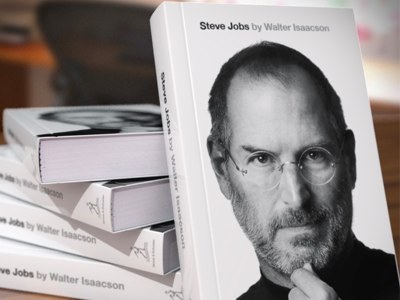Luckily I keep track every day of the work I do and record it here: http://wgsdsciss.blogspot.com/
Thanks to my good friend, colleague, mentor, guide and general inspirer of all things awesome Josh Stumpenhorst. He inspired me to write this post and I thank him for getting me back to my blog!
Here's his post calling me out: http://stumpteacher.blogspot.com/2013/12/more-homework-meme.html
For starters, here are 11 random facts about me many people may not know.
- I'm scared of heights, closed in spaces, and being underwater. Yes I'm a BIG scaredy-cat but I'm overcoming my fears every day. I owe that mostly to my amazing wife who constantly pushes me to overcome my fears.
- While in high school I thought it was a good idea to have a mullet. It was not a good idea.
- I'm against stinky cheeses.
- I'm the one in charge of cooking and doing the laundry in our house. On top of that I fold my t-shirts using a folding board I was given from when I worked at The Gap.
- As a baby/toddler I was entered into a beauty pageant, and won.
- My mom LOVED halloween. She made the best costumes of any kid I knew. She made this Voltron costume. Pretty awesome!
- I'm a "Friends" nut. I've seen every episode and can quote almost every line. I also own the "Friends: Scene it" game, no one will play with me.
- My favorite color is blue.
- When I was in High School I worked at Pizza Hut and was a "Production Leader." Fancy!
- I am committed to having fun, no matter the age. I do understand this comes with a trade off of not always being taken seriously. I accept those consequences.
11. My dad and I once got into a fight about grades. He said I wasn't applying myself. I disagreed. I ended up running away only to return because I was cold. I'm such a wuss.
Here are Josh's questions for me:
1. What was your favorite children’s book as a child or favorite to read as a parent?A. As a parent I have not had much of an opportunity to read to my daughter (she's only a couple months). When I was younger I loved this book about cars and trucks (seen here with my dad purchasing the same one for our daughter.
2. If you had won that insane lottery jackpot, what is the first thing you would buy?
A. Google Glasses. They are ridiculous but I think they're so cool. I'm sure I'd also get a GoPro Camera and a new house.
3. Can you touch your tongue to your nose?
A. No, but I can touch my nose and tongue simultaneously. Does that count?
4. If I were to meet you up at a bar, what drink would I buy for you?
A. Scotch on the rocks....
5. When was the last time you laughed so hard it hurt, and what was it that made that happen?
A. Between my wife and I this happens often. Most of the time for no apparent reason. Also any time we are with good friends of ours that live in Chicago. We always end up laughing until our cheeks hurt.
6. What is that one movie that shows up on TV that even though you have seen it a hundred times you still leave it on and watch?
A. Pretty Woman. It's so emasculating to admit that.
7. If you could sit down and interview one person, living or dead, who would it be?
A. Martin Luther King Jr. How cool would that be?
8. Paper or plastic?
A. Neither, reusable bags. That way we can ring the bell at Trader Joe's.
9. What is something you have always wanted to do but continue to procrastinate and make excuses as to why you have not done it yet?
A. Skydive. See the random facts number 1 listed above.
10. Have you been able to unlock the code and figure out what a fox says?
A. I'm sure it has something to do with the "one thing."
11. If you could pack it all up today and move, where would you land?
A. That's tough. I love vacations in paradise, on a beach with a cold beverage, but I couldn't imagine living there. Spain was amazing, Madrid was beautiful, but if you live there does it all become noise? I'm happy where I am, I say I'd stay right here. Lame but true.
Here are 11 bloggers I want to answer this next:
- Justin Tarte
- Robert Dillon
- Steven Weber
- Kyle Pace
- Rebecca Morrison
- Greg Lawrence
- John Simpson
- Josh Mika
- Tim Brown
- Krissy Venosdale
- Dan Pink
Here are 11 questions for them to answer:
- Does the toilet paper go over the top or under the bottom? NOTE: there is only one right answer for this.
- If you were a superhero, which one would you be?
- What was your favorite project when you were in school?
- Which color Starburst/Skittle/Jelly Belly is your favorite?
- What quote inspires you every day?
- What's your favorite sandwich, ever?
- What is the most played song on your iPod?
- What's your favorite sound?
- If you could invite anyone over for dinner, living or dead, who would sit at your table?
- What celebrity do you often get mistaken for?
- What is the best gift you've ever given/received?
Here’s how it works:
- Acknowledge the nominating blogger.
- Share 11 random facts about yourself.
- Answer the 11 questions the nominating blogger has created for you.
- List 11 bloggers.
- Post 11 questions for the bloggers you nominate to answer, and let all the bloggers know they have been nominated. Don’t nominate a blogger who has nominated you.



































.jpg)



